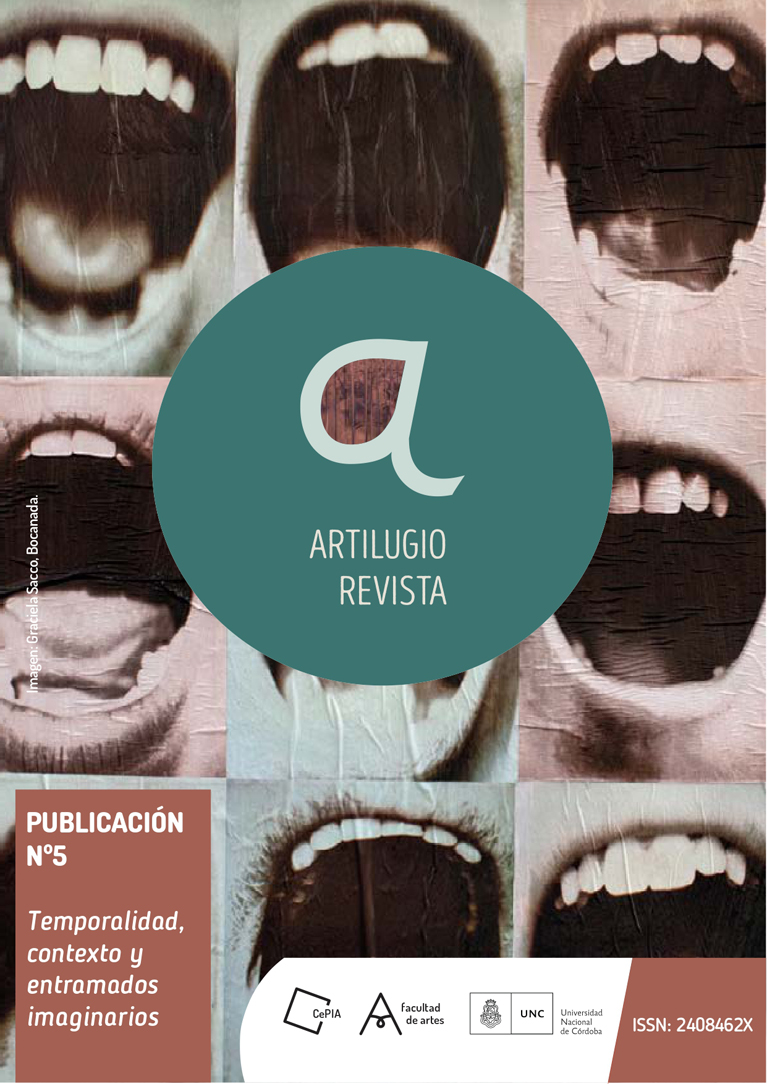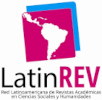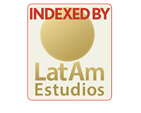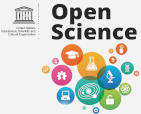Let’s imagine Latin America, it always looks alike
DOI:
https://doi.org/10.55443/artilugio.n5.2019.25313Keywords:
imaginary, context, politics, Latin America, marginalityAbstract
This article questions the influence art has in the process of construction social imaginaries around a territory. Specifically on the Latin American one, we observe that works of the last decades have fed, for example, the fluid association of art and politics, and the almost forced anchoring to temporalities more past than present.
For that reason, we evoke four artistic projects that have been exhibited with emphasis in their Latin American being to ask what this categorization is due to, and what consequences it brings for the imaginary constructions of Latin America.
In the first part we will question the particular univocity in homologging the term "political" to that of "resistance", just as the word "Latin American" usually refferes non-territorial characteristics but social and temporal ones, marked by a particular historiographic past.
In a second place, we will record some effects of this, for example, the confirmation of marginality, the complicity with exhibition circuits placed in influential territorialities, and the establishment of politics as an obligatory command in the production of "Latin American art".Downloads
References
AAVV, Modos de hacer. Arte crítico, esfera pública y acción directa (Salamanca: Ediciones Universidad de Salamanca, 2001).
Giorgio Agamben, “Qué es lo contemporáneo”, en Desnudez (Buenos Aires: Adriana Hidalgo, 2011), 17-29.
Ulrich Beck, La invención de lo político (Buenos Aires: Fondo de Cultura Económica, 1999).
Félix Duque, Arte público y espacio político (Madrid: Akal, 2001).
Hal Foster, “El artista como etnógrafo”, en El retorno de lo real. La vanguardia a finales de siglo (Madrid: Akal, 2001), 175-206.
Carlos Granés, El puño invisible. Arte, revolución y un siglo de cambios culturales (Madrid: Taurus, 2011).
Boris Groys, Arte en flujo. Ensayos sobre la evanescencia del presente (Buenos Aires: Caja Negra, 2016).
Félix Guattari y Suely Rolnik, Micropolítica. Cartografías del deseo (Madrid: Traficantes de Sueños, 2006).
Ana Longoni y Mariano Mestaman, Del Di Tella a Tucumán Arde (Buenos Aires: Eudeba, 2008).
José María Parreño, Un arte descontento (Murcia: Cendeac, 2006).
Jacques Rancière, El espectador emancipado (Buenos Aires: Manantial, 2010).
Jaron Rowan, Cultura libre de Estado (Madrid: Traficantes de sueños, 2016).
Diana Wechsler, “¿De qué hablamos cuando decimos Arte Latinoamericano? Exposiciones y perspectivas críticas contemporáneas”, Caiana, 1 (septiembre de 2012): 1-9.
Published
How to Cite
Issue
Section
License
Copyright (c) 2019 Julia Isidori

This work is licensed under a Creative Commons Attribution-NonCommercial-NoDerivatives 4.0 International License.




































